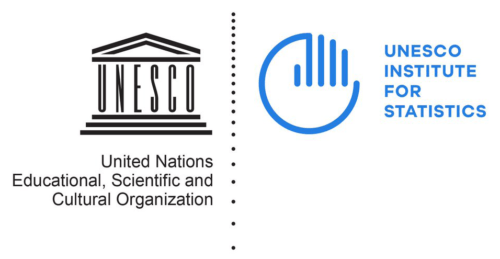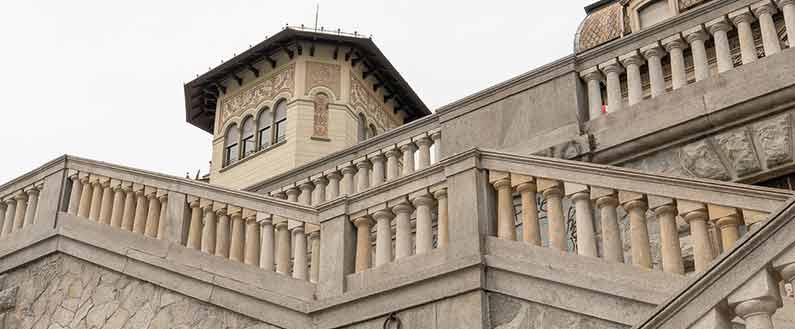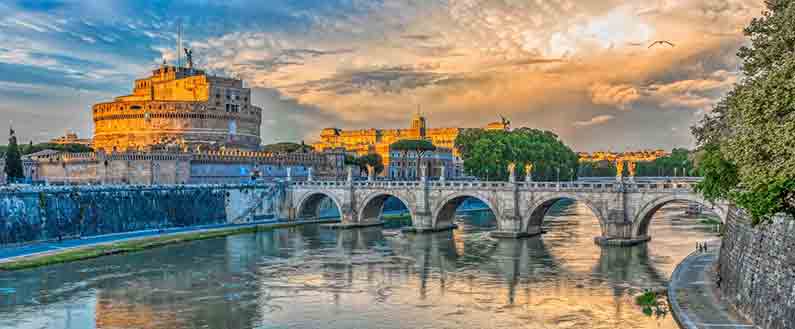Market Report Italy – The Italian Study Abroad Market
In this market report on Italy we will cover socio-economic, educational and mobility trends. The Italian constitution guarantees the freedom of education. It also provides for state schools and guarantees the independence of universities. The constitution further states that the public schools are open to all and makes provision for scholarships and grants.
At the turn of the century, only 10% of Italians had obtained a university or college degree. Although educational attainment is higher in the younger generations, it is still lagging behind in comparison to other European countries.
According to a recent report commissioned by the European Commission, Italy has a number of challenges which are strongly related to the stagnant economy. The most prominent has to do with Italy’s investment in education which is well below the EU average particularly in higher education. In addition, the transition from education to work remains difficult, even for highly qualified people. This results in a growing number of university graduates emigrating. All this and more in the Market Report on Italy.
Quick facts
Secondary education
Higher education
Upcoming Education Fairs in Italy
Italian Education System
Secondary education
The Italian educational system provides elementary school for 6- to 11-year-olds; lower secondary or middle school for 11- to 14-year-olds; upper secondary school or vocational training for 15- to 18- or 19-year-olds; and university, university institutes, or Fine Arts academies for those 19 and older.
Admission to Higher Education
In order to meet entry requirements for a bachelor’s degree at an Italian university, students must successfully have completed upper secondary studies and have a valid school leaving certificate. Bachelor’s level programs in Italy are only offered in Italian so one is expected to have sufficient command of the Italian language.
Higher Education system
There are 90 universities in Italy. There are also a number of specialized postgraduate centers, polytechnics and other academies that form part of the higher education sector.
Under the Bologna Process, Italy has implemented the nuovo ordinamento system, replacing the former vecchio ordinamento. Higher education in Italy now consists of a three-year bachelor’s degree called the laurea triennale, which can be followed by the two-year master’s degree (laurea magistrale, previously the laurea specialistica).
University degree programs
Bachelor’s degree (Laurea triennale): general scientific education.
Duration: 3 years. 180 ECTS
Master’s degree (Laurea magistrale): specialized scientific education.
Duration: 2 years. 120 ECTS
Doctoral degree (PhD) – ‘Dottorato di ricerca’
Duration: 3 year or more.
Latest Italian Higher Education study abroad stats
At this point a total number of 85,030 Italian students are studying abroad for a degree in higher education (source: UNESCO). The most popular study abroad destinations among students from Italy are:

IB schools in Italy
- International School – Brescia – www.isbrescia.com
- International School – Bergamo – www.isbergamo.com
- International School – Bologna – www.isbologna.com
- International School – Como – www.iscomo.com
- International School – Modena – www.internationalschoolofmodena.it
- International School – Milan – www.internationalschoolofmilan.it
- International School – Rome – www.marymountrome.com
- International School – Siena – www.internationalschoolofsiena.it
- International School – Monza – www.internationalschoolofmonza.it


